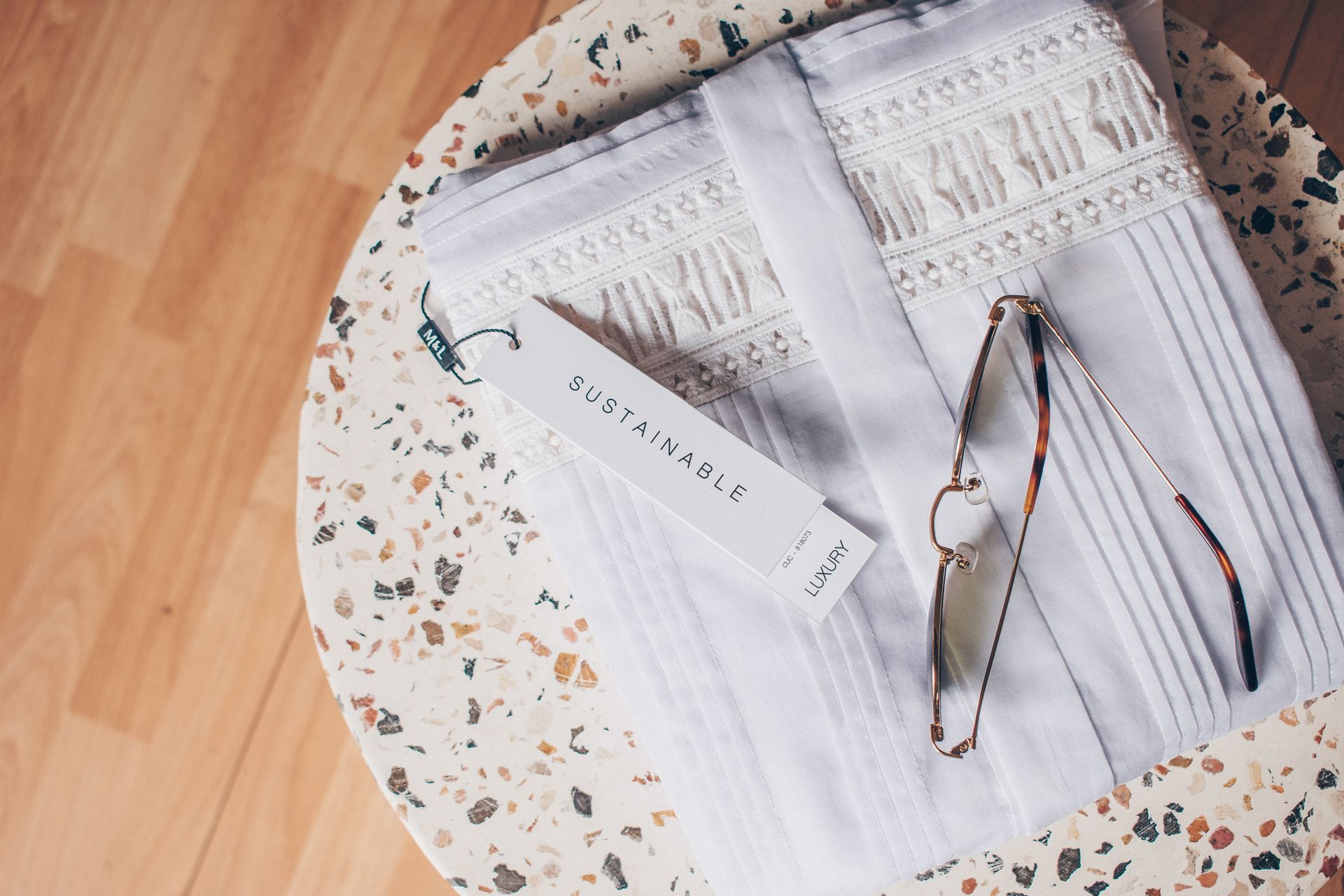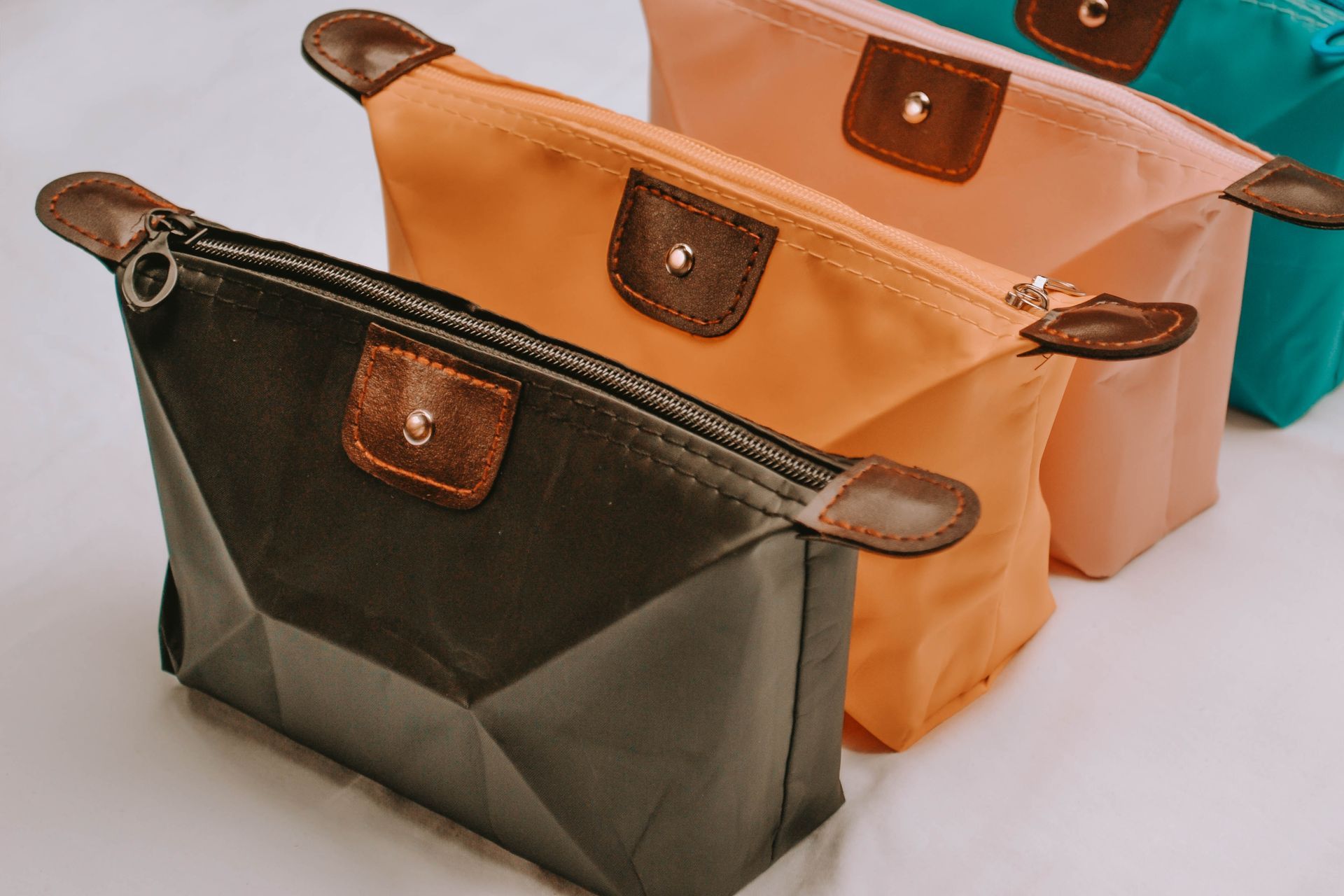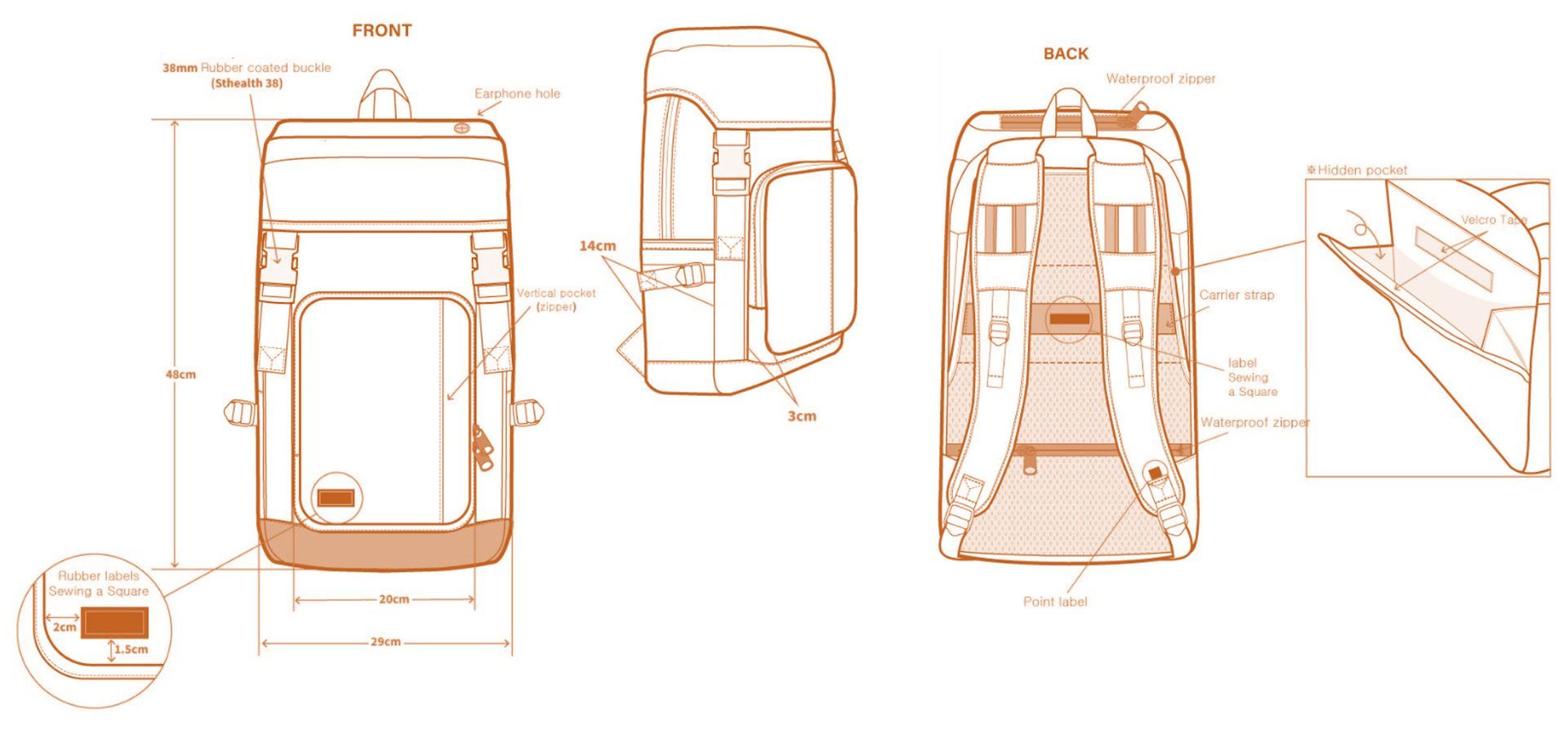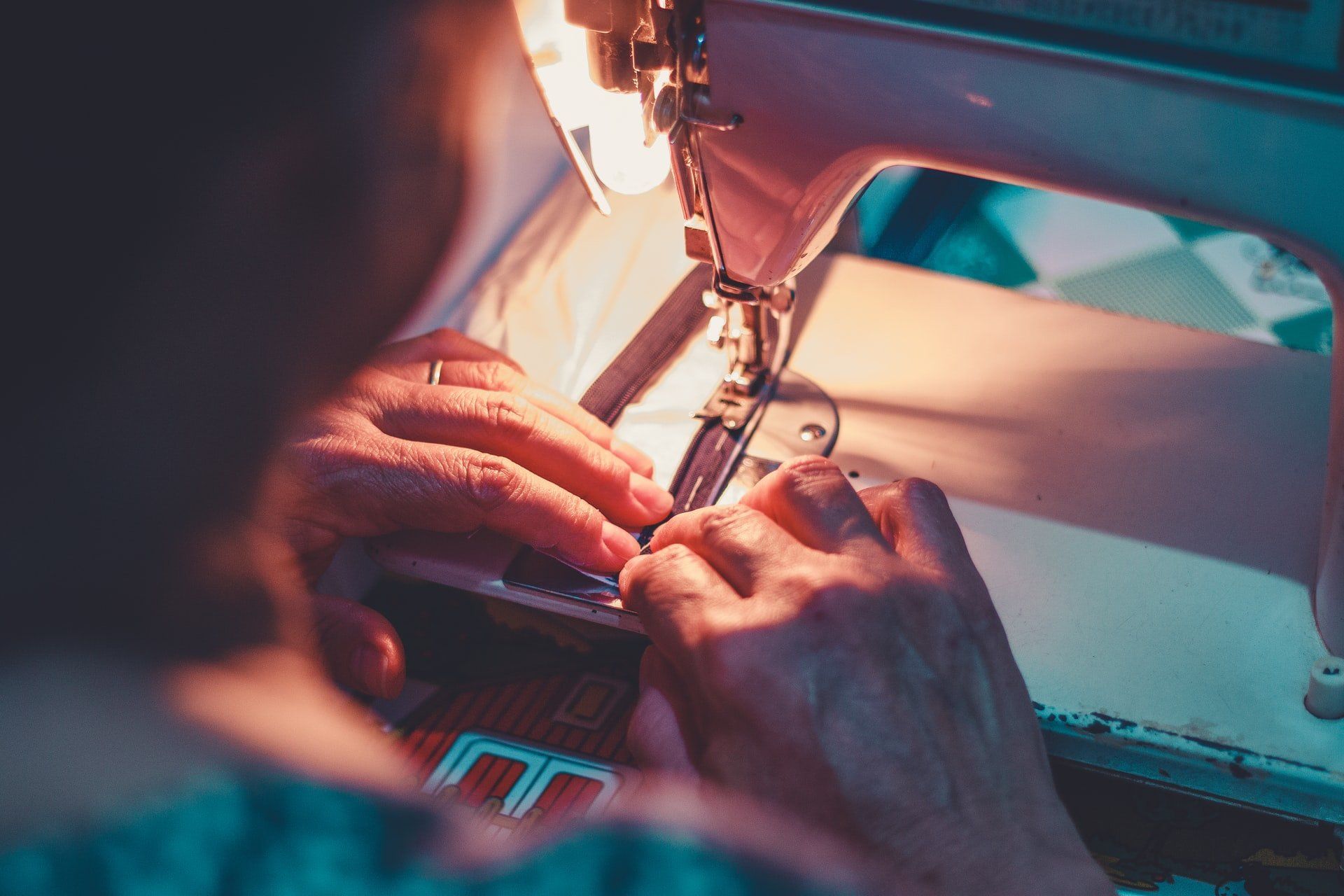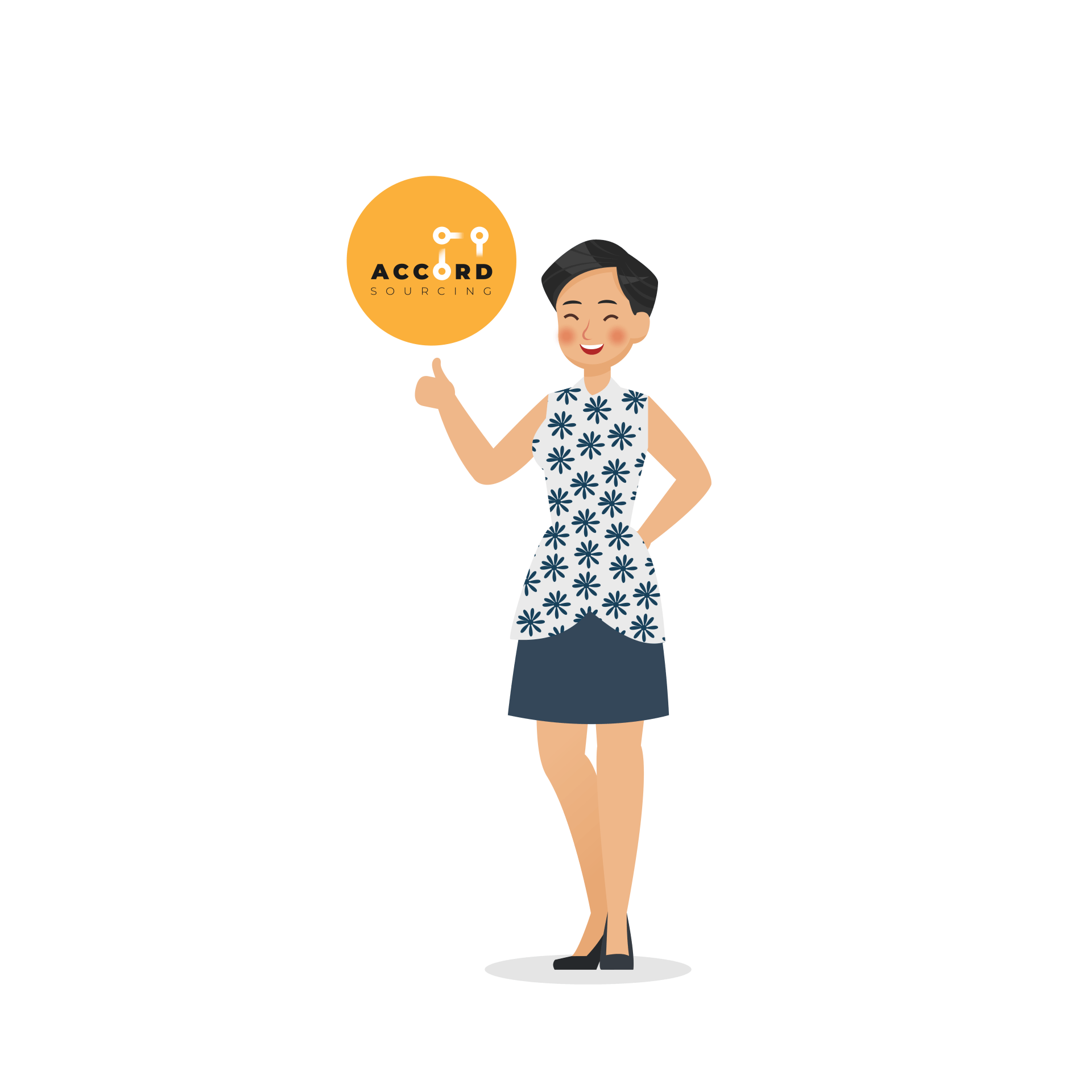Embracing Circular Design in soft goods & fashion accessories
Embracing Circular Design
The sustainable path for Designers and Brands
With rising consumer awareness about the impact of products on the environment, sustainability has become more than just a buzzword. It's an imperative. In the sphere of fashion accessories and soft goods production, one approach stands out: circular design.
What is Circular Design?
Circular design is a sustainable development framework that aims to ensure economic, social, and environmental sustainability by designing products to be used, reused, and recycled, rather than following the traditional "take-make-dispose" model, also known as a linear economy. This innovative design strategy not only helps to reduce waste and the demand for new resources, but it also stimulates economic growth.
Why is Circular Design Important?
The importance of circular design is intrinsically linked to our planet's health. It is estimated that the fashion industry produces around 10% of global carbon emissions and nearly 20% of wastewater. Furthermore, 85% of all textiles go to dump each year (Ellen MacArthur Foundation, 2020). The circular design's core principle is to eliminate waste and the continual use of resources, thereby significantly mitigating these detrimental effects on the environment.
Benefits of Circular Design
1. Economic Growth: Embracing circular design can open new revenue streams for businesses. For instance, by selling refurbished or upcycled products or offering a service to repair items.
2. Enhanced Brand Reputation: Implementing sustainable practices can dramatically enhance a brand's image, appealing to the growing demographic of environmentally conscious consumers.
3. Resource Efficiency: Circular design promotes the efficient use of resources, reducing the cost and environmental impact associated with sourcing new materials.
How Can Circular Design Benefit Your Brand or Company?
Implementing circular design principles could profoundly transform your company's operations and brand reputation:
1. Material Selection: Choose materials that are renewable, recyclable, or biodegradable. This reduces the environmental footprint and can offer cost benefits in the long term.
2. Manufacturing Processes: Designing for longevity and recyclability from the outset can dramatically decrease waste during production.
3. Marketing and Branding: Your commitment to circular design principles positions your brand as a responsible and forward-thinking entity, appealing to the increasingly sustainability-conscious consumer.
How Does Circular Design Benefit the Planet?
By minimizing waste and optimizing resource use, circular design significantly reduces the negative impacts of production on the environment. It helps conserve natural resources, reduce carbon emissions and water pollution, and promote biodiversity.
Practical Steps to Adopting Circular Design
1. Conduct a Life Cycle Assessment (LCA): This tool allows companies to assess the environmental impact of their products throughout their life cycle, offering insights into where improvements can be made.
2. Design for Longevity: Create products that are durable and timeless, thus extending their life and reducing the need for replacements.
3. Design for Disassembly and Recycling: If a product can be easily disassembled, its parts can be repaired, reused, or recycled more efficiently.
4. Encourage a Culture of Repair and Reuse: By offering repair services or guides, you encourage consumers to extend the life of their products.
5. Educate your Customers: Use your platforms to inform consumers about your sustainable practices and how they can contribute to the circular economy.
Successful Implementations of Circular Design in Soft Goods and Fashion Accessories
Let’s take a look at some successful ventures leveraging the principles of circular design. These brands have not only achieved significant commercial success, but also contributed to positive environmental outcomes.
Patagonia's Worn Wear Program:
The outdoor clothing brand Patagonia has always been at the forefront of sustainability. They took their commitment a step further by launching the Worn Wear Program, an initiative that encourages customers to trade in their used Patagonia items in return for store credit. These items are cleaned, repaired, and resold at a lower price. This initiative embodies circular design by promoting reuse and extending the lifecycle of their products. Patagonia's sales and customer loyalty have grown significantly due to this program, highlighting the commercial viability of circular design.
Adidas x Parley for the Oceans:
In an innovative partnership with Parley for the Oceans, Adidas developed a line of sneakers made from recycled ocean plastic. Each pair reuses 11 plastic bottles, turning waste into a resource. The initiative was immensely successful, selling over a million pairs in the first year. Beyond commercial success, the collaboration brought global attention to the issue of ocean plastic pollution, demonstrating the power of strategic partnerships in achieving sustainability goals.
Eileen Fisher's Renew Program:
Eileen Fisher's Renew program is another excellent example of circular design in practice. The brand buys back its used clothing from customers, professionally cleans and repairs them, and resells the items. In 2017, they salvaged 800,000 garments and generated over $3 million in sales from the program. The brand’s commitment to circularity serves as a blueprint for other fashion companies, demonstrating the potential for economic success and waste reduction.
Pela Case:
Pela Case, a company that produces 100% compostable phone cases, embodies circular design by using flax straw waste, a byproduct of farming, in their product. As of 2021, they have sold over a million phone cases and saved an estimated 41,890 kg of plastic from being produced. Pela Case’s success proves that sustainable materials can be marketable and profitable.
These case studies clearly demonstrate that circular design principles can lead to commercial success, while also creating positive environmental impacts. Companies can leverage circular design not only to meet their sustainability goals, but also to drive innovation, differentiate their brand, and build customer loyalty.
In conclusion, circular design offers a viable and responsible path forward in an era defined by environmental challenges. By understanding and implementing these principles, startups, designers, and brands can contribute to a more sustainable future, while creating value for their company and their customers.
Sources:
Ellen MacArthur Foundation. (2020). The State of Fashion 2020.
Patagonia. (2023). Worn Wear - Better than New.
Adidas Group. (2021). Adidas x Parley.
Eileen Fisher. (2022). Eileen Fisher Renew.
Pela Case. (2021). Pela: World's First 100% Compostable Phone Case.
